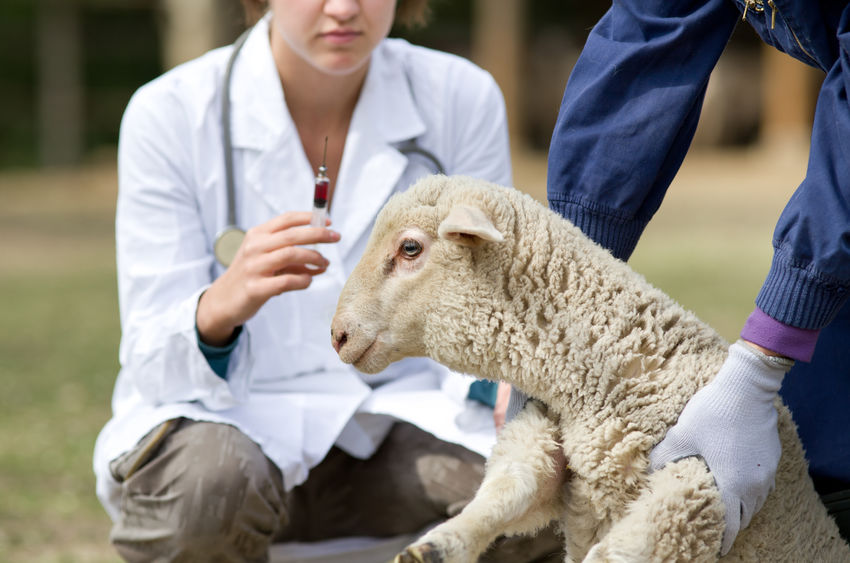
Welsh lamb and beef producers have been set targets to reduce antibiotic use by 10% by 2020, with an attention towards reducing prophylactic use.
Farmers in Wales are being urged to avoid blanket use of antibiotics during lambing and calving this spring with the implementation of preventative strategies.
A series of Welsh Government 'Farming Connect' meetings advised farmers on appropriate antibiotic use, and beef and sheep farmers were urged to implement such measures.
Harry Williams, of Teilo Vets, Llandeilo, said that while there was minimal use of Critically Important Antibiotics (CIAs) in the beef and sheep sector, prophylactic practices are widespread.
Farmers routinely blanket dose with Spectam to avoid watery mouth in lambs whilst Oxytetracycline is used to avoid abortion in ewes.
Routine antibiotic use is outdated for abortion control, Mr Williams warned. Whilst it can help to contain an outbreak, a vaccination programme is more effective and economically viable to control the disease.
Routine prophylactic antibiotics in neonatal lambs must only be used in high-risk situations, he warned, referencing the Farm Assured Welsh Livestock (FAWL) health and welfare review which has sections on antibiotic usage and anthelmintic protocols.
Whilst antimicrobials still play an important role in animal health and welfare, Mr Williams urged farmers to consider if changes in flock management could reduce their use.
When considering whether they are required, each case should be evaluated on an individual basis, he said.
Understanding different categories of drenches is a first step in parasite control. These should be administered at the correct dose rate and excessive dosing of adult ewes should be avoided.
Worm control programmes should be carried out in conjunction with faecal egg counting, which indicate the level of worm burden. This will help in selecting the most appropriate time for dosing.
In the beef sector, hotspot areas for antibiotic use include respiratory diseases, calf scour and lameness, but cases can be prevented with strategies such as improving building ventilation and foot trimming.
Mr Williams said vaccines will play a key role in reducing antibiotic use but handling and storage is critical to their effectiveness. Most should be stored at 2-8 degrees Centigrade, he advised.
Cleanliness and hygiene are essential during administration to stop dirt being introduced on the needle, which could result in an abscess forming.
Although the targets for reducing antibiotic use are ambitious, Mr Williams advises a step by step approach. He said identifying the conditions that require antibiotic treatment on an individual farm level is a first step to making changes.
